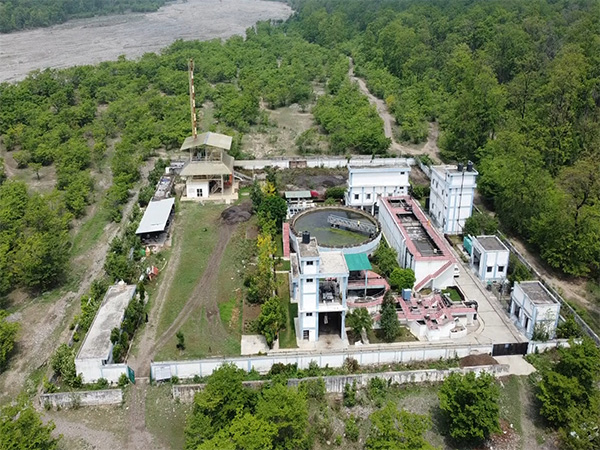Rishikesh's River Revival: A Model for Ganga Conservation
Rishikesh's environmental transformation under the Namami Gange Mission features modern sewage treatment plants significantly reducing pollution in the River Ganga. Advanced technologies are managing waste efficiently, marking a shift in India's conservation efforts. Rishikesh aims to become a model city for Ganga rejuvenation, blending spiritual purity with scientific progress.

- Country:
- India
In a significant stride toward river conservation, the spiritual town of Rishikesh, along with Muni Ki Reti, is experiencing groundbreaking environmental progress driven by the Namami Gange Mission. Advanced Sewage Treatment Plants (STPs) have emerged as vital players in diminishing pollution levels in the revered River Ganga.
The initiative includes the construction of two major STPs in Rishikesh, with capacities of 26 MLD and 7.5 MLD, adeptly handling the city's 20 MLD sewage load. The Lakkadghat STP, employing Sequential Batch Reactor technology, has been effectively operational since 2020. This system treats wastewater from six key drains, ensuring a cleaner river discharge.
Meanwhile, the 5 MLD STP at Chorpani in Muni Ki Reti utilizes Moving Bed Biofilm Reactor technology, instrumental in maintaining the compliance of local wastewater with environmental standards. With automated real-time monitoring and centralized data review, these advancements reflect a transformative shift in India's strategy for river preservation.
(With inputs from agencies.)
ALSO READ
Axiom-4 Mission Postponed: Indian Family Awaits New Launch Date
Reviving Lifelines: Sambhal's Ambitious River Rejuvenation Project
BJP Postpones Protest Amidst Tragedy
Congress Postpones 'Vote Theft' Protest Amid Ahmedabad Plane Crash Mourning
UN Conference on Israel-Palestine Postponed Amid Middle East Tensions










